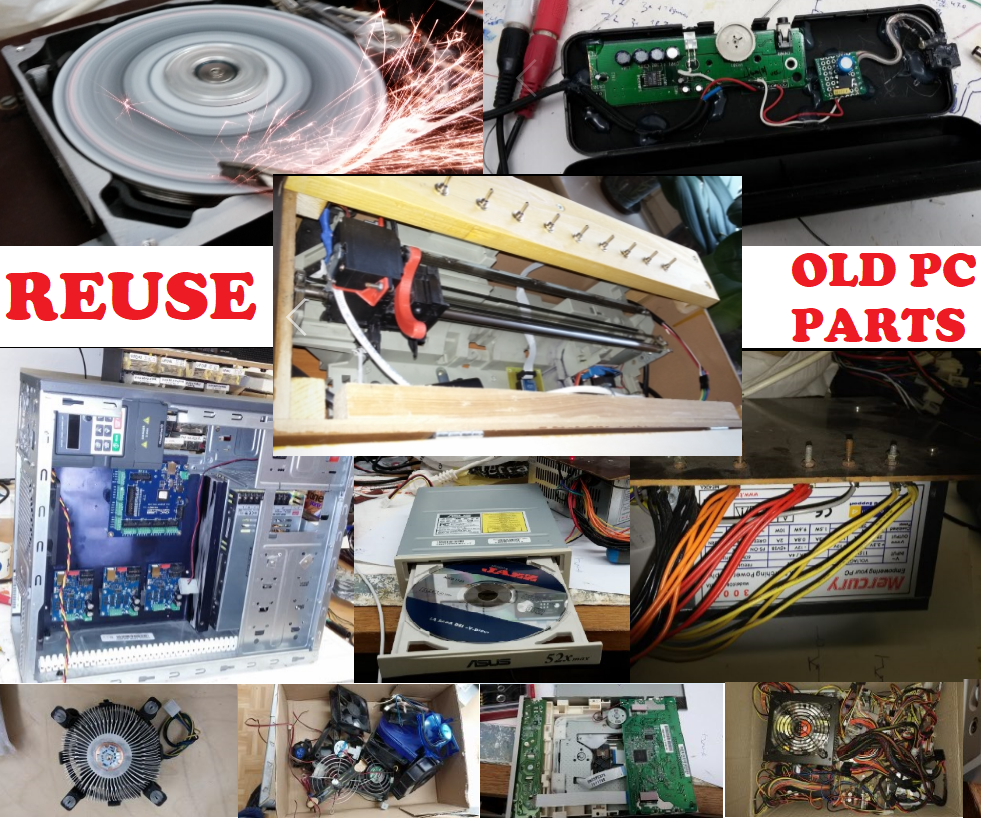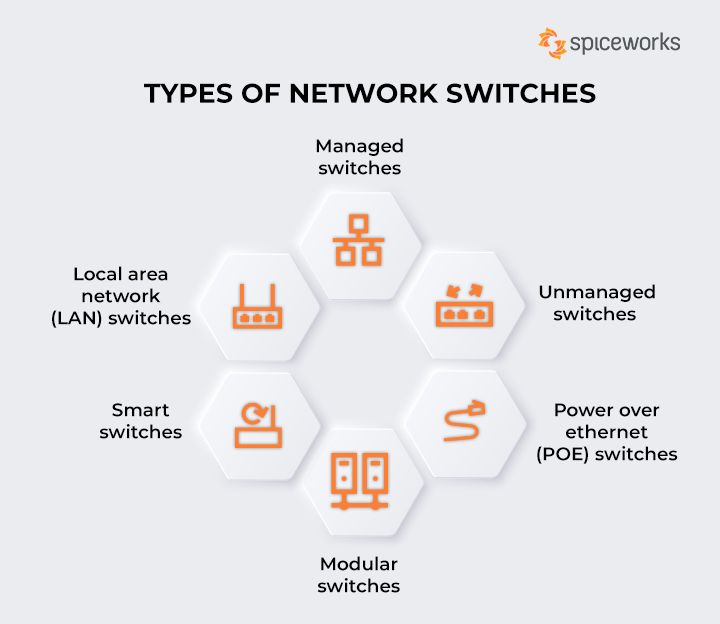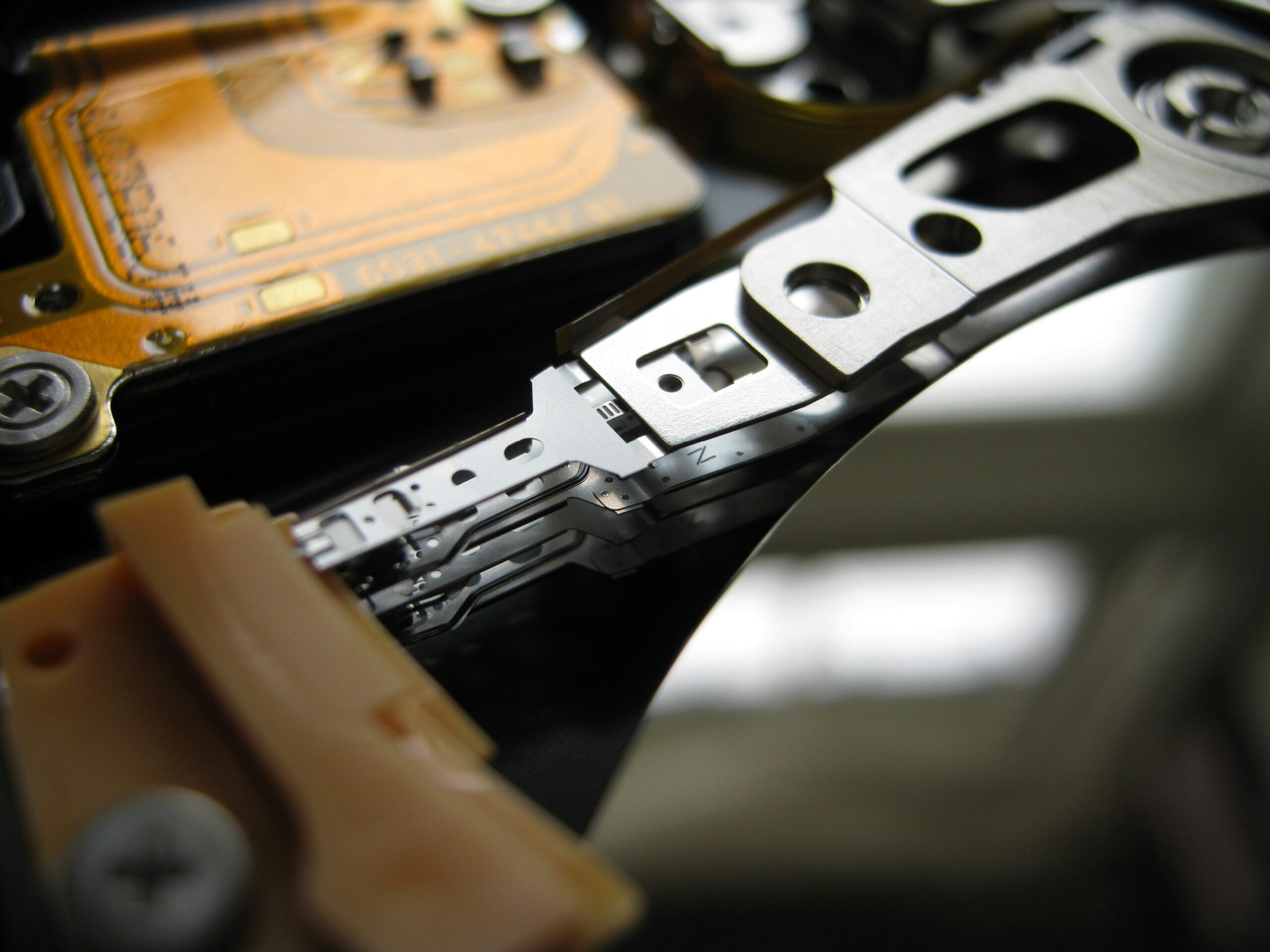Do you know that each year, over 50 million tons of electronic waste is generated globally? A significant portion of this e-waste comes from discarded PC components, many of which still have usable life left in them. Recycling and upcycling old PC parts not only reduce environmental impact but can also offer technical enthusiasts unique opportunities for innovation.
The journey of repurposing old PC components goes back decades, highlighting early tech communities that pioneered hardware reuse. Today, an estimated 25-30% of e-waste is being effectively recycled or upcycled, thanks to improved awareness and technology. By transforming outdated parts into functional devices, we can significantly mitigate the ever-growing e-waste problem.

The Environmental Impact of Electronic Waste
Every year, the world generates over 50 million tons of electronic waste. This includes old computers, smartphones, and other gadgets that people throw away. This amount of e-waste is as heavy as 4,500 Eiffel Towers combined.
Most electronic waste ends up in landfills, where it can release toxic chemicals. These chemicals, like lead and mercury, are harmful to both the environment and human health. They can contaminate soil and water, causing long-term damage.
Recycling e-waste helps to reduce these harmful effects. By recycling, valuable materials like gold, silver, and copper can be recovered. This process not only saves resources but also reduces pollution.
Despite the benefits, only about 20% of e-waste is properly recycled. Many people don’t know how or where to recycle their old electronics. Raising awareness about the importance of e-waste recycling is crucial.
The Importance of Recycling and Upcycling PC Components
Recycling and upcycling old PC components play a crucial role in reducing e-waste. These practices help conserve valuable resources and minimize environmental harm. By extending the life of electronic parts, we can significantly reduce the need for new materials.
When you recycle PC components, you recover materials like metals and plastics. This recovery process saves energy that would otherwise be used to mine new resources. It also reduces the pollution caused by mining and manufacturing.
Upcycling goes a step further by creatively reusing components in new ways. For example, turning an old hard drive into an external storage device. This not only prevents waste but also gives a second life to items that might otherwise be discarded.
Both recycling and upcycling offer economic benefits as well. They can create job opportunities in recycling centers and encourage innovation in technology. Communities can thrive by adopting sustainable practices for handling electronic waste.
Benefits of Recycling PC Components
Recycling old PC parts provides numerous environmental benefits. It reduces the amount of waste that ends up in landfills, which helps to protect our ecosystems. Recycling also conserves natural resources by reusing materials.
Energy savings is another key benefit. Recycling typically uses less energy than producing new products from raw materials. This can help in reducing greenhouse gas emissions significantly.
Economic advantages include job creation in recycling industries. As more people become aware of the benefits, more businesses and services emerge to meet the demand. This can lead to a substantial boost in local economies.
Creative Upcycling Ideas
There are many creative ways to upcycle old PC components. One popular idea is transforming a dated computer case into a unique planter. This adds a touch of creativity and helps in reducing waste.
Another idea is to use old circuit boards as wall décor. They can be framed and hung up, adding a tech-inspired aesthetic to any room. Upcycling like this helps divert waste from landfills and repurposes it in visually appealing ways.
Old keyboards can also be turned into custom key holders. By attaching hooks or magnets, you can create a functional and artistic piece. Such innovations offer practical uses for items otherwise considered junk.
Challenges and Solutions
One challenge in recycling and upcycling PC components is the lack of awareness. Many people simply don’t know how to start. Educational initiatives can bridge this gap and encourage more participation.
Another challenge is the complexity of disassembling electronics. Specialized tools and skills are often required. Setting up community workshops or training programs can help overcome this hurdle.
An effective solution is government incentives. Policies that reward recycling and upcycling can motivate individuals and organizations. Such incentives can be in the form of tax breaks or grants for green tech projects.
How to Identify Reusable PC Components
Not all parts from an old PC are junk. Some components can still be reused in different ways. Knowing which parts are reusable can save you money and reduce waste.
Hard drives and SSDs are often still usable even if the computer is outdated. You can repurpose them as external storage devices. This can be easily done with an enclosure and some cables.
RAM sticks can also be salvaged from old machines. These memory modules are often swappable between different computers. Make sure they are compatible with the system you want to upgrade.
Graphics cards and power supplies are two more components worth checking. Older graphics cards may not handle the latest games but can still work for other tasks. Power supplies, if still functional, are useful for powering other builds or projects.
Real World Examples of Upcycled PC Components
Upcycling old PC components can lead to creative and functional innovations. One notable example is turning an old hard drive into an external storage device. This not only saves money but also extends the life of the component.
Another great upcycling project involves using old keyboards for artistic creations. Some artists craft jewelry or wall art from keyboard keys. This gives a new life to something that would otherwise be discarded.
Old computer monitors have been repurposed into DIY photo frames. By adding a digital photo frame kit, you can display your favorite photos on what was once a screen. This is both an eco-friendly and unique home décor idea.
USB cords and cables can also find new uses. Many people use them to create custom charging stations. This helps to eliminate the clutter of multiple chargers and keeps everything organized.
Let’s not forget the creative use of old circuit boards. These can be redesigned into coasters, clocks, or even notebook covers. These projects combine functionality with a tech-inspired aesthetic.
Such real-world examples of upcycling embody sustainability. They show how innovative thinking can turn waste into valuable items. Upcycling not only reduces waste but also inspires creativity and resourcefulness.
How to Encourage and Promote PC Component Recycling and Upcycling
Encouraging people to recycle and upcycle PC components starts with raising awareness. Educational campaigns can teach individuals about the benefits and methods of recycling. Use social media, workshops, and community events to spread the word.
Providing easy access to recycling facilities is essential. Install collection bins at schools, offices, and public places. Having convenient drop-off points makes it simpler for people to recycle their old electronics.
Involvement of tech companies can greatly boost these efforts. Companies can offer take-back programs for old devices. These programs make it easier for consumers to return outdated electronics for proper disposal.
- Offer incentives like discounts or vouchers to encourage recycling.
- Organize recycling drives to collect old PC components.
- Collaborate with local governments and organizations to support these initiatives.
Celebrating success stories can also inspire others. Share real-world examples of successful upcycling projects. These stories can motivate people to find creative ways to reuse their old PC parts.
Finally, encourage DIY projects and workshops. Hosting community events where people can learn to upcycle their PC components can be very effective. Not only do these workshops educate, but they also foster a sense of community and creativity.

Frequently Asked Questions
This section answers common queries related to recycling and upcycling old PC components. Learn how these practices benefit the environment, save resources, and spark creativity.
1. What components of a PC can be recycled?
Many parts of a PC can be recycled, including the hard drive, RAM, and motherboard. Metals like gold and copper in these components are valuable and recyclable. Additionally, plastic cases and power supplies can also be processed for recycling.
Recycling centers often dismantle PCs to extract these materials safely. They ensure that harmful chemicals are contained, preventing environmental contamination. It’s crucial to check if your local recycling facility accepts electronic waste.
2. How does upcycling old PC components benefit the environment?
Upcycling old PC components helps reduce e-waste pollution by giving new life to existing materials. This practice lowers the demand for raw materials needed to produce new electronics, conserving resources.
The process also reduces carbon emissions associated with manufacturing and mining operations. By reusing parts creatively, we can significantly minimize our ecological footprint while fostering innovation.
3. Are there any risks involved in recycling old PCs?
Recycling old PCs can pose risks if not done correctly due to toxic substances like lead and mercury found inside them. These harmful elements require careful handling to avoid health hazards.
Professional recyclers use specialized techniques to manage these toxins safely. Home attempts should avoid exposing yourself or others to dangerous materials by consulting experts or certified facilities.
4. What are some innovative ways to upcycle old computer hardware?
Old computer hardware can be upcycled into various practical items such as unique clocks made from circuit boards or external hard drives using internal storage devices repurposed creatively.
- Create wall art with old keyboards keys.
- Circuit boards as notebook covers.
- Create USB charging stations from old cables.
The possibilities are endless for transforming outdated tech into useful items innovatively!Conclusion
Recycling and upcycling old PC components offer substantial benefits to both the environment and society. By repurposing these parts, we can significantly reduce electronic waste and preserve valuable resources. Such practices also encourage innovation and creativity within the tech community.
Experts play a crucial role in promoting these sustainable practices. Raising awareness, providing accessible recycling facilities, and fostering community involvement can drive meaningful change. Together, we can create a more sustainable and eco-friendly future.





Leave a Reply
You must be logged in to post a comment.